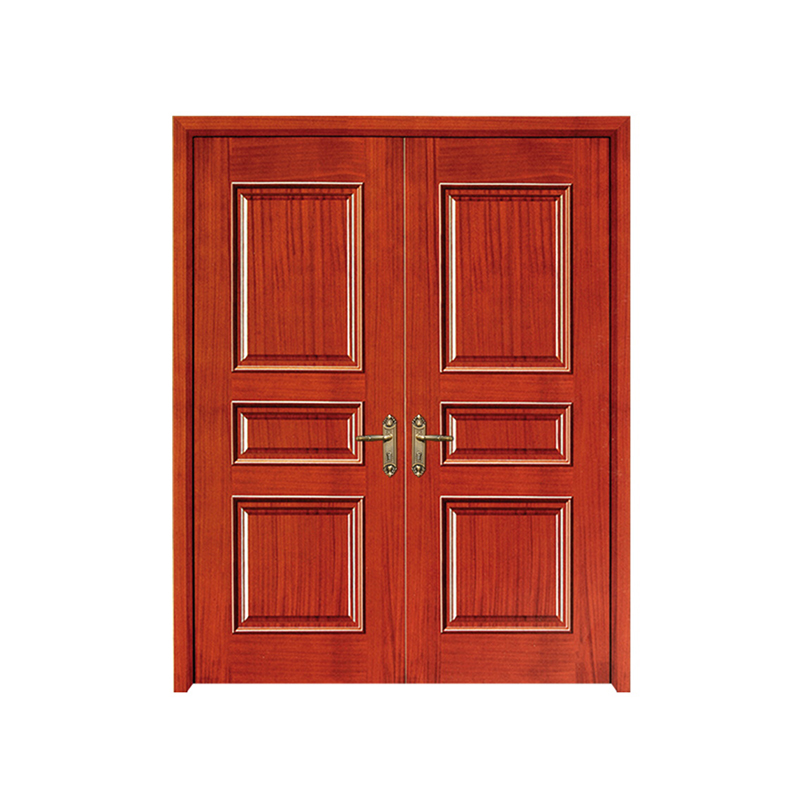We provide quality products and services to customers from all over the world.
What Are the Price Factors of a Wooden Door?

Wooden doors remain a popular choice for both residential and commercial spaces because of their natural beauty, durability, and versatility. However, prices can vary significantly depending on several factors. Understanding these factors can help homeowners, builders, and designers make informed decisions when selecting a wooden door.
Material Type
The type of wood used is one of the primary factors affecting the price of a wooden door. Solid hardwoods, softwoods, and engineered woods all have different costs and performance characteristics.
|
Wood Type |
Characteristics | Typical Price Impact |
|
Solid hardwood (oak, mahogany) |
Durable, dense, rich grain | Higher cost |
|
Softwood (pine, cedar) |
Lighter, easier to work with | Moderate cost |
|
Engineered wood |
Stable, affordable | Lower cost |
Solid hardwood doors are generally more expensive due to the material cost and craftsmanship required. Engineered or softwood doors provide more budget-friendly options while still offering durability and aesthetic appeal.
Door Design and Complexity
The design of a wooden door also influences its price. Simple flat-panel doors are less expensive than doors with intricate carvings, moldings, or custom patterns.
- Factors affecting design cost:
- Number of panels and layers
- Carvings or decorative moldings
Inlays or glass inserts
Custom designs or doors with unique patterns require more labor and attention to detail, which adds to the overall cost.
Size and Dimensions
The size of the wooden door is another important price factor. Larger doors require more material and may involve additional labor for handling and installation. Standard-sized doors are generally more affordable, while oversized or custom-sized doors increase material and production costs.
Tips:
- Measure accurately before purchasing
- Consider standard sizes to reduce costs
- Custom sizes may require longer production times
Finish and Surface Treatment
The finish applied to a wooden door can impact both its price and longevity. Staining, painting, or varnishing protects the wood, enhances appearance, and may require multiple coats for a smooth, even finish.
Surface treatments affecting price:
- Type of paint or varnish
- Number of coats applied
- Special finishes like matte, glossy, or textured
High-quality finishes increase production time and material costs but contribute to the door's aesthetic and durability.
Hardware and Accessories
Additional components such as hinges, handles, locks, and frames can influence the total price of a wooden door. Premium hardware or custom fittings increase the overall cost, while standard hardware keeps it more affordable.
Considerations include:
- Type and quality of hinges and handles
- Lock mechanisms and security features
- Frames and installation accessories
Including hardware in the budget ensures there are no surprises during installation.
Several factors determine the price of a wooden door, including material type, design complexity, size, finish, and hardware. Solid hardwood doors with custom designs and premium finishes will cost more, while engineered or softwood doors with simple designs offer a budget-friendly alternative. Understanding these price factors helps homeowners, builders, and designers make informed choices and select doors that fit both their aesthetic and budget requirements. By evaluating materials, design, and finishing options, a wooden door can provide long-lasting value, beauty, and functionality in any space.
Interested in cooperation or have questions?
![]() +86-13857003056
+86-13857003056
![]() No. 27 Lianhuashan Avenue, Jiangshan Economic Development, Jiangshan, Quzhou, Zhejiang, China
No. 27 Lianhuashan Avenue, Jiangshan Economic Development, Jiangshan, Quzhou, Zhejiang, China

 English
English русский
русский Français
Français Español
Español عربى
عربى
